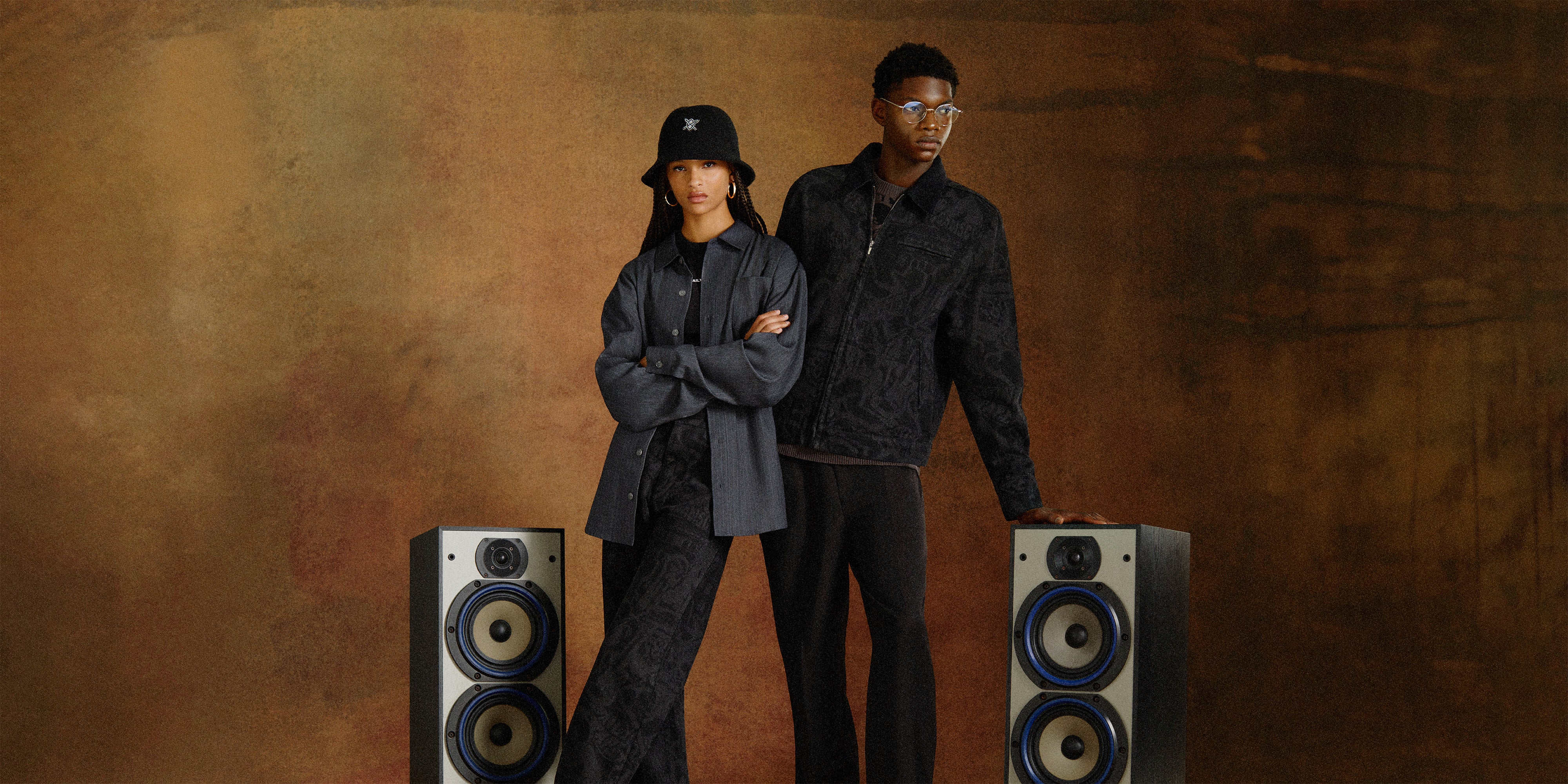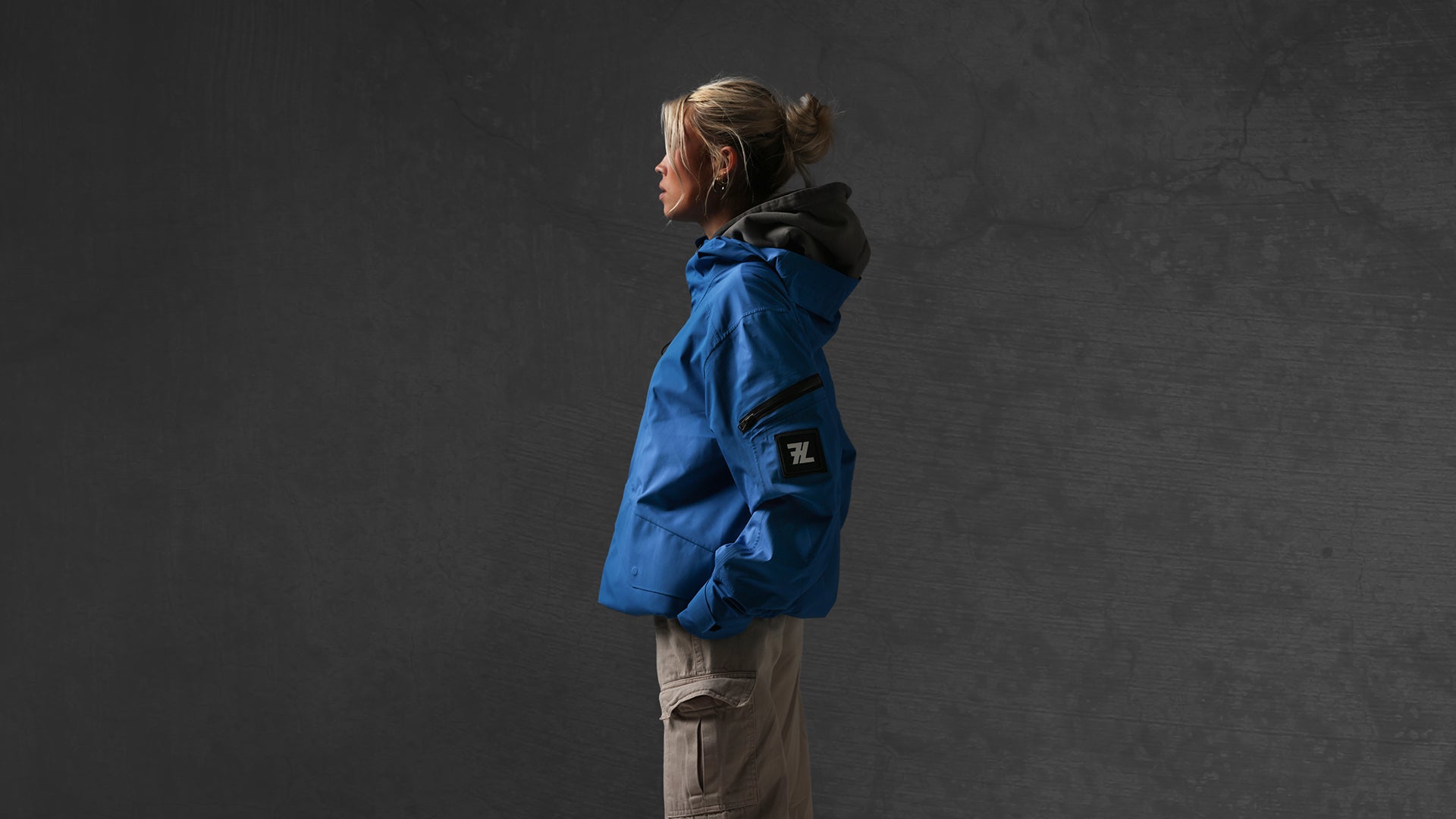Creating a social commerce experience that converts
TikTok has become a phenomenon since the wake of the lockdown. By 2025, the platform is expected to exceed Instagram with nearly 48.8 million U.S. users.
But despite its popularity, some brands remain hesitant to advertise on the platform. Most assume it’s for Gen Z users and a waste of time. The challenge lies in content creation. TikTok calls for a different approach, one where brands must embrace authenticity and creativity as a way to resonate with their community.
TikTok users aren’t just aimlessly watching dance videos. About 39% have reported stumbling on a new product or brand on the platform, with half having made a purchase via the app.
What is social commerce?
Put simply, social commerce is the process of selling and marketing products on a social platform, be it TikTok, Facebook, Instagram, or even Pinterest. With social commerce, the user experience is optimized—they discover new brands, learn more about them, find new items, and purchase products based on their behaviour without having to leave the app.
With more people spending their time on social media, on average 15% of their waking lives, E-commerce is finding its way onto these platforms with sales projected to triple by 2025. So, if you’re looking to tap into social commerce ads, it’s the right move. And you’re not alone; nearly half of brands worldwide plan to increase their social commerce spending this year.
Why join TikTok?
TikTok has taken the world by storm. It drives trends and inspires sales all through content creation. According to a 2020 TikTok survey, 67% of users say the app inspired their purchases even when they weren’t looking to do so.
Advertising on TikTok can help drive online sales and raise brand awareness through community building. With the added bonus of flexible spending, easy setup and efficient ad delivery. Available in 150 markets and 75 languages, it’s where shoppers are highly active and engaged. No video based app has more users. So, why wouldn’t you want to bring your product and services to where most consumers are?
Ready to join the future of advertising and social commerce?
TikTok is a must-have advertising platform and the time to take advantage is now. Get out there and experiment. Our one tip? Take a social-first approach and create content and experiences that convert. How?
1. Set up a TikTok storefront and take your time creating it.
Mould your services, products and mission. As a brand, having a social media presence allows you to utilize the social aspect of social commerce. You get more control to own your channel. So, why not tap into ways to engage with your consumers?
2. Prioritize shoppable videos.
Videos are a growing trend with more than half of consumers reported viewing product videos before making a purchase. They’re relatable, allowing you to attract visitors. Plus, it makes it easier for users to shop for your products. Be interactive, but keep it to no more than one or two products per video. Remember, shoppable videos are relatively new, so adding a direct call to action might be the way to go.
3. Implement an attribution model and monitor it closely.
An attribution model is how you assign credit for sales across various customer touch points. It helps you understand what influences your customers to buy and how they shop. As you embark on your attribution adventure, prioritize shoppable TikTok ads as an interactive measure to track how your viewers respond to your content.
Ready to run your first TikTok ad?
Are you looking to add TikTok to your omnichannel strategy and unsure where to start? Get in touch with us, and our team of experts will help curate a strategy tailored to your brand and get you up and running.
⭐Expert Tip: Start experimenting and creating content. Here’s a quick tip on specs and best practices:
- Aspect ratio: 9:16, 1:1, or 16:9
- Video resolution: Resolution must be ≥ 540 x 960 px, ≥ 640 x 640 px, or ≥ 960 x 540 px.
- File type: .mp4, .mov, .mpeg, .3gp, or .avi
- Length: Up to 60 seconds, however TikTok recommends 9 to 15 seconds











